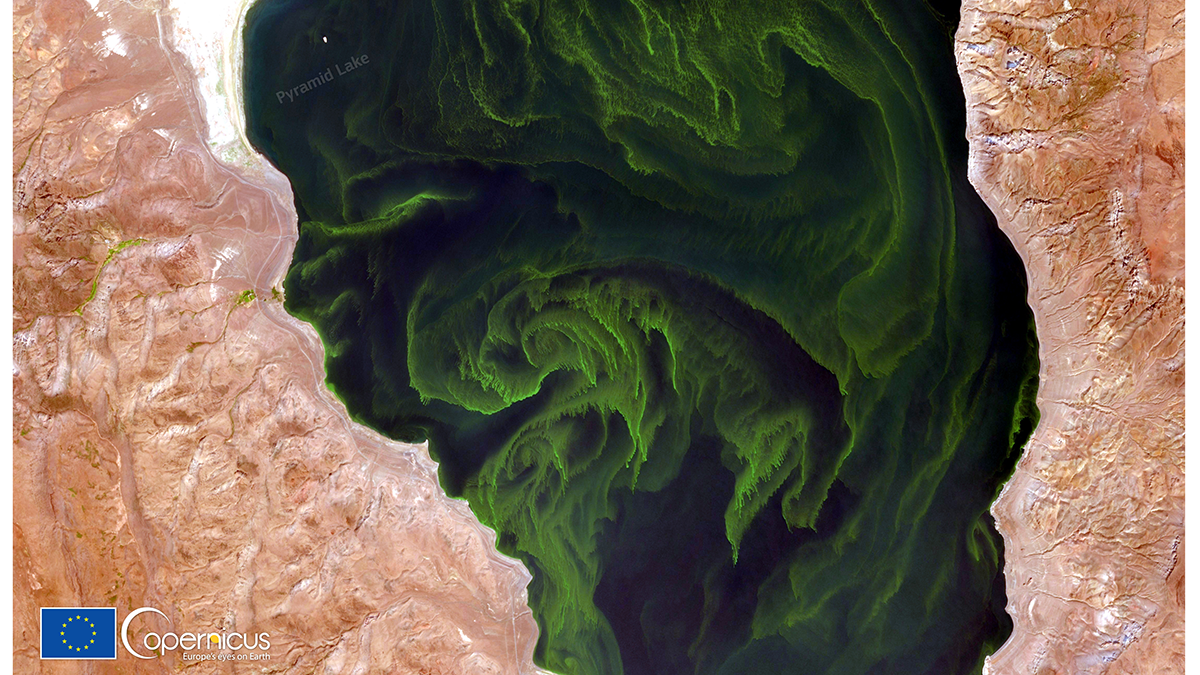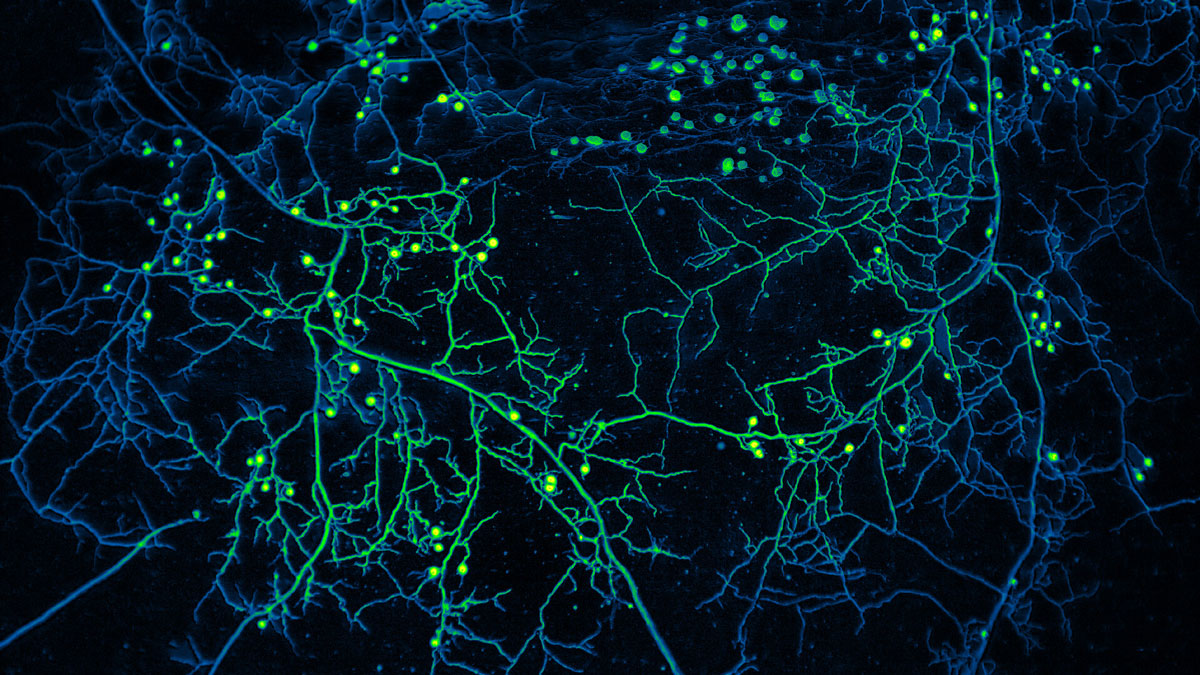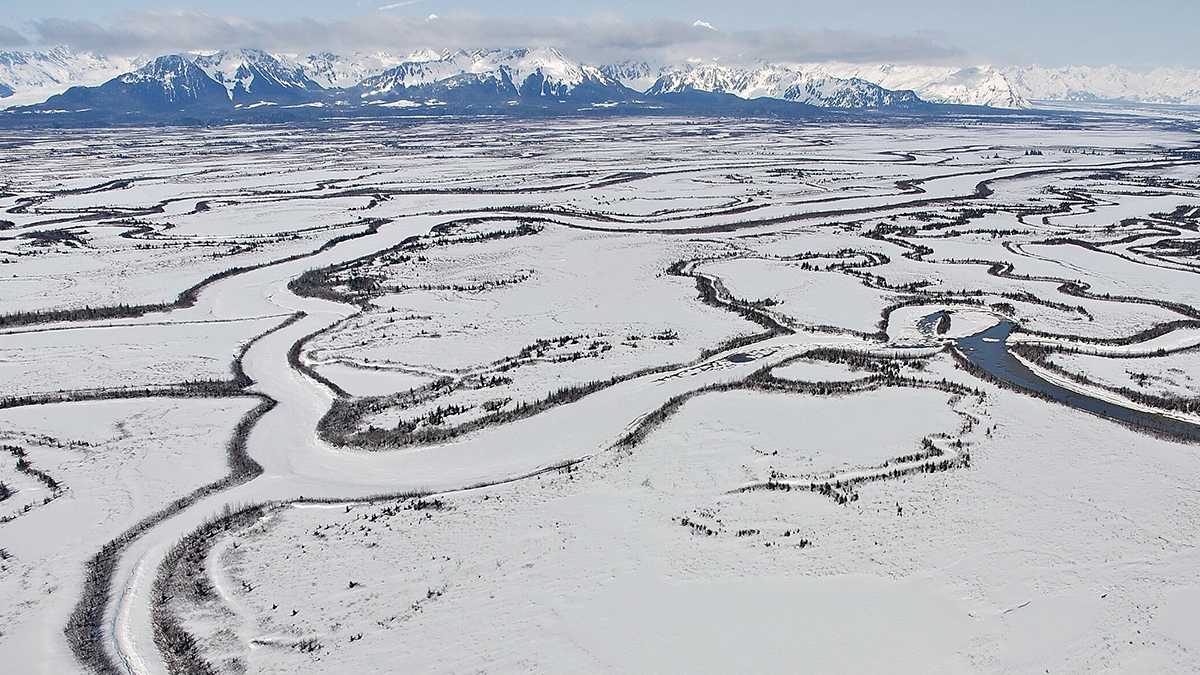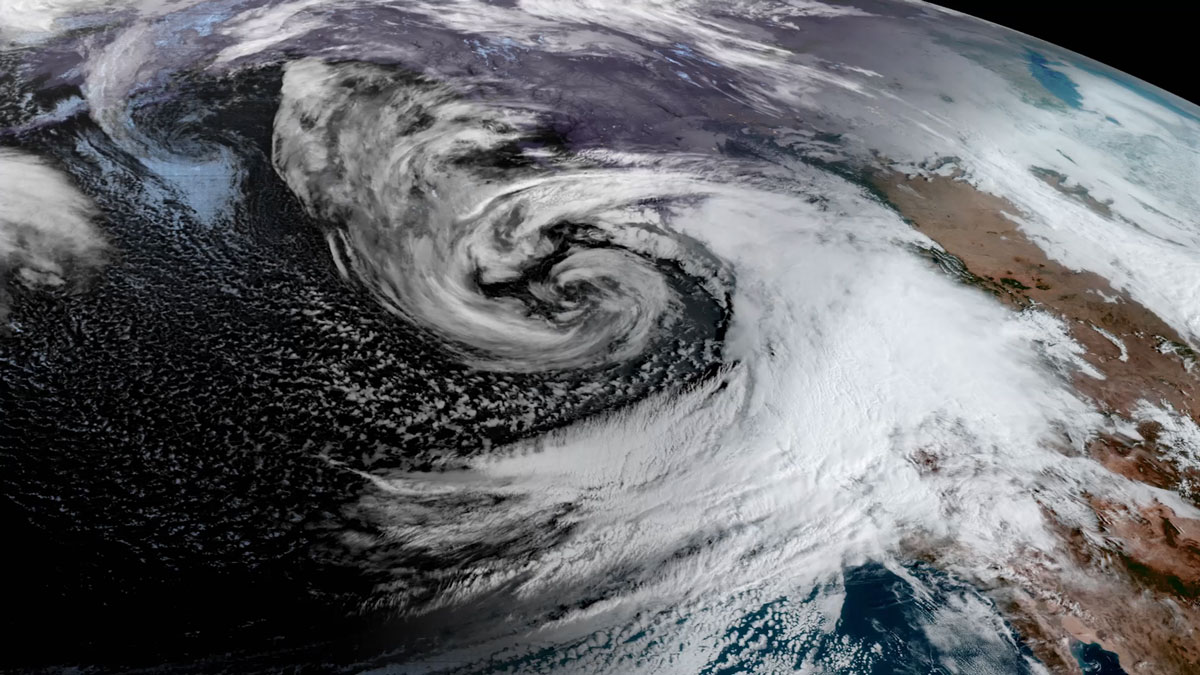Nitrogen plays important roles in areas including climate change, human health, and agriculture. A researcher argues that climate models would benefit from more fully incorporating its influence.
Research Spotlights
Research spotlights are plain-language summaries of recent articles published in AGU’s suite of 24 journals.
New Earthquake Model Goes Against the Grain
Subducting plates are stronger in certain directions than others, which may be a factor in how earthquakes occur and how seismic waves propagate.
How Plant-Fungi Friendships Are Changing
A new framework shows how much carbon plants allocate to their endosymbionts and how that amount might change in the face of warming soil and rising carbon dioxide levels.
Seismic Anisotropy Reveals Deep-Mantle Dynamics
A new study offers insight into the viscous BLOBs at the base of Earth’s mantle.
The Southern Ocean May Be Building Up a Massive Burp
Modeled results suggest that if anthropogenic emissions decrease and the atmosphere cools, heat stored in the Southern Ocean could be released abruptly in a few hundred years, kicking off a temporary warming period.
Tectonics and Climate Are Shaping an Alaskan Ecosystem
Biogeochemical research reveals the web of forces acting on a high-latitude microbe community in the Copper River Delta.
Chicago Soil Maps Childhood Lead Exposure Risk
Researchers combined soil measurements and public health data to identify areas where children may be exposed to unsafe levels of lead in the dirt.
New 3D Model Reveals Geophysical Structures Beneath Britain
Using magnetotelluric data to identify subsurface electrically conductive and resistive areas, scientists can identify underground features and predict how space weather may affect infrastructure.
A Step Toward AI Modeling of the Whole Earth System
Coupling an AI-driven model of the atmosphere with a model of the ocean could help scientists create highly efficient emulations of the entire Earth system.
Magnetic “Switchback” Detected near Earth for First Time
Until recently, this type of zigzag shape—formed by energetic rearrangement of magnetic field lines—had been seen only near the Sun.










